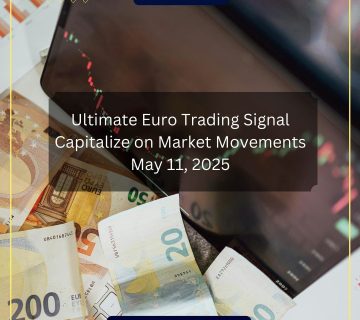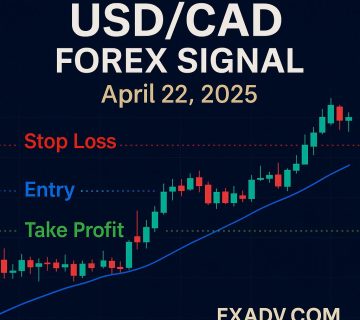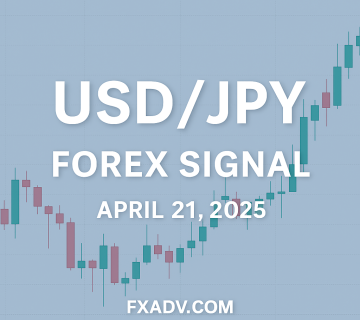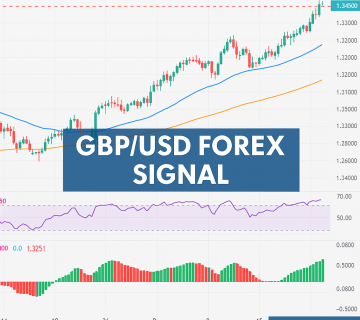The Importance of News and Analysis in Forex Trading: A Comprehensive Guide
Introduction:
The forex market is highly sensitive to global events, economic data, and geopolitical factors. Understanding how these factors influence currency movements is essential for successful trading. In this article, we will explore why news and analysis are critical in forex trading and how traders can leverage them for better decision-making.
1. Why News Matters in Forex Trading:
Economic reports, central bank policies, and geopolitical events are major drivers of currency prices. For instance, an unexpected interest rate hike by the Federal Reserve often leads to a stronger USD as investors seek higher returns. Similarly, geopolitical instability, such as conflicts or elections, can cause rapid shifts in currency values due to changes in market sentiment.
Key Factors to Monitor:
- Economic Indicators: GDP growth, employment rates, and inflation data provide insights into a country’s economic health, directly impacting its currency.
- Central Bank Announcements: Interest rate decisions, monetary policies, and economic outlooks are crucial for predicting long-term currency trends.
- Geopolitical Events: Political stability and international relations play a role in investor confidence and market risk appetite.
2. Fundamental Analysis: The Backbone of News-Based Trading
Fundamental analysis involves evaluating economic data and global news to forecast currency movements. Traders analyze indicators such as inflation rates, GDP, and unemployment levels to predict the strength or weakness of a currency.
Examples of Economic Indicators:
- Gross Domestic Product (GDP): Higher GDP growth suggests a robust economy, leading to a stronger currency.
- Inflation Rate: Rising inflation generally weakens a currency as purchasing power decreases.
- Employment Data: High employment levels indicate a thriving economy, boosting the currency.
3. Complementing Fundamental Analysis with Technical Analysis:
While fundamental analysis helps understand why the market moves, technical analysis helps identify how it might move. By combining chart patterns, trendlines, and indicators like RSI and moving averages, traders can determine optimal entry and exit points. For example, after a central bank announces a rate hike, a trader might use Fibonacci retracement levels to identify potential reversal points.
Popular Technical Indicators:
- Moving Averages: Useful for spotting trends and potential reversals.
- Relative Strength Index (RSI): Helps identify overbought or oversold conditions.
- Fibonacci Retracement: Highlights potential levels where price reversals may occur.
4. Risk Management in News-Driven Markets:
Trading during news events can increase volatility and risk. Using tools like stop-loss orders, position sizing, and avoiding over-leveraging can help manage risks. Traders should also be cautious of “fakeouts” and sudden reversals during news releases.
5. Staying Informed: The Trader’s Edge
Using economic calendars and subscribing to real-time news feeds are essential for staying ahead of market movements. Platforms like MetaTrader and TradingView offer news integration, allowing traders to make quick, informed decisions.
Conclusion: Successful forex trading relies on a deep understanding of how news and analysis influence currency movements. By combining fundamental and technical analysis, and applying sound risk management, traders can make well-informed decisions, capitalize on market opportunities, and navigate the complexities of the forex market effectively.
Federal Reserve Policies: Impact on Forex Market and Future Projections














